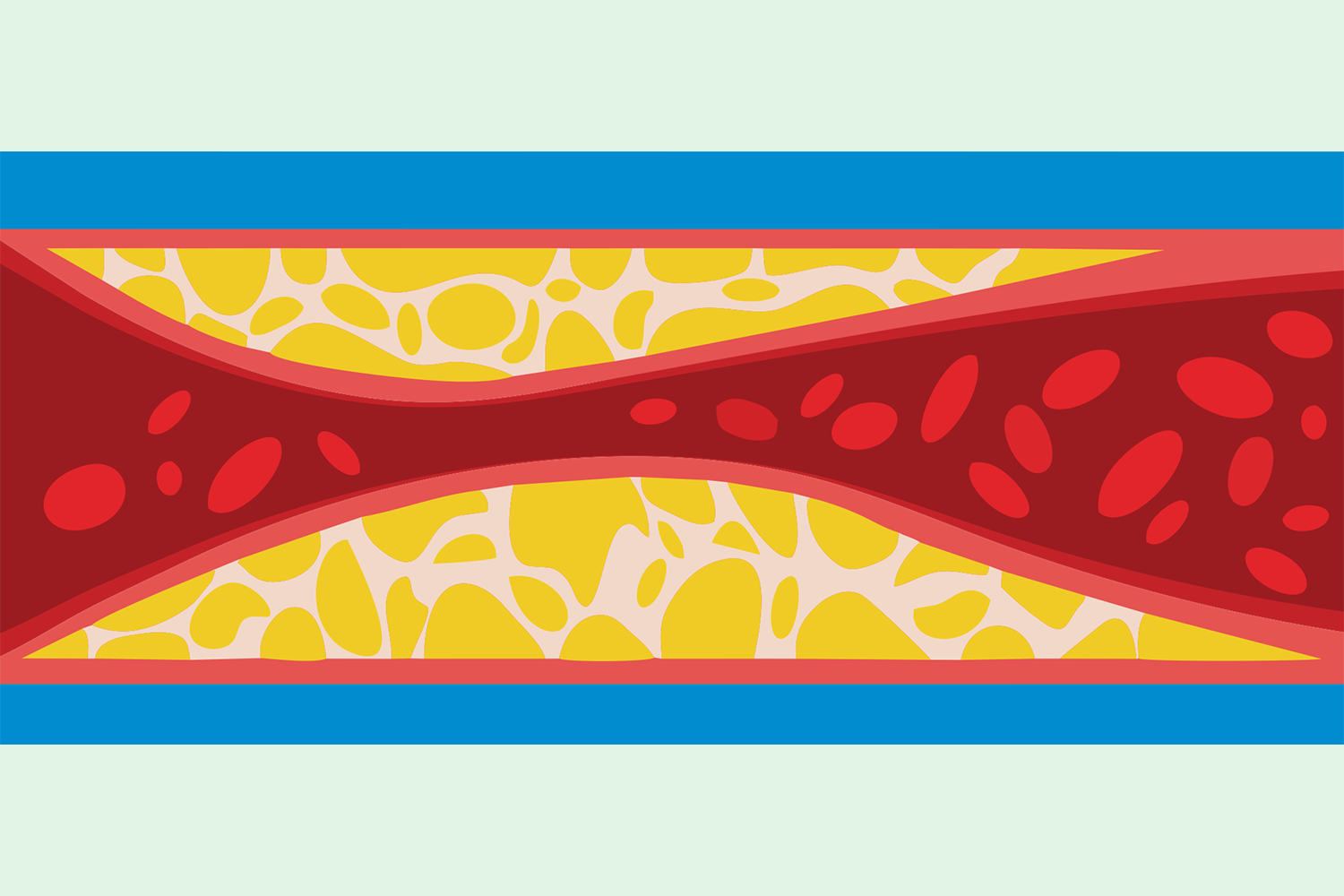Atherosclerosis is a disease characterized by the accumulation of fat and other substances in the walls of blood vessels. This leads to the narrowing of these vessels and changes in their structure, which can result in serious health problems such as heart attack or stroke. In this article, we will present several effective treatments for atherosclerosis.
Therefore, it is important to control the level of cholesterol in the blood. LDL cholesterol, also known as bad cholesterol, is the main cause of the formation of atherosclerotic plaques in blood vessels. Preventing the deposition of cholesterol through healthy eating and regular physical activity is essential. In some cases, the doctor may also prescribe medications to lower cholesterol levels, particularly statins.
Another important element of treatment for atherosclerosis is blood pressure control. Hypertension, or high blood pressure, can lead to damage to the blood vessels, which in turn accelerates the process of atherosclerotic plaque formation. The doctor may recommend appropriate medications or changes in diet and lifestyle to lower blood pressure.
Regular physical activity also remains a significant element of treatment for atherosclerosis. Aerobic exercises such as jogging, swimming, or cycling can help lower cholesterol levels in the blood and strengthen the heart and cardiovascular system. However, it is important to consult with a doctor before starting an exercise program.
In some cases, the use of blood-thinning medications may be necessary. These medications help prevent the formation of blood clots that can cause serious health problems such as heart attack or stroke. However, effective treatment of atherosclerosis requires taking a range of actions.
Controlling cholesterol and blood pressure levels, engaging in regular physical activity, and using medications can help prevent serious complications associated with this disease. It is important to remember that the best way to avoid atherosclerosis is to prevent its development through a healthy lifestyle and regular check-ups with a doctor.










